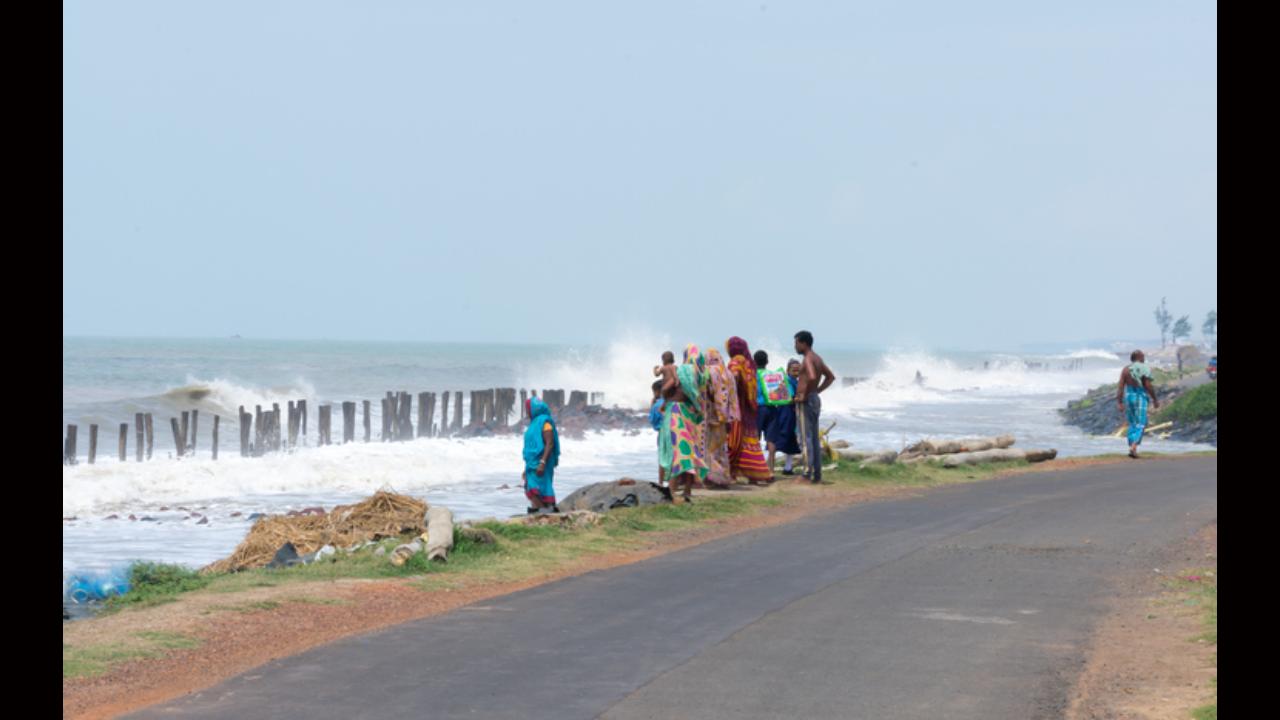The National Center for Coastal Research (NCCR), an attached office of the Ministry of Earth Sciences (MoES) has been monitoring the shoreline erosion since 1990 using remote sensing data and GIS mapping techniques

Image for representation: iStock
About 33.6 per cent of the coastline is under varying degree of erosion, an analysis of the total 6,632 kms long Indian coastline of the mainland from 1990 to 2018 has found, the Rajya Sabha was informed on Thursday.
ADVERTISEMENT
The National Center for Coastal Research (NCCR), an attached office of the Ministry of Earth Sciences (MoES) has been monitoring the shoreline erosion since 1990 using remote sensing data and GIS mapping techniques.
On the western coast, Kerala with 275.33 kms shoreline has lost 46.4 per cent to erosion while on the eastern coast, West Bengal with 323.07 coastline, has lost 60.5 per cent to it.
The reasons for coastal erosions include increase in frequency of cyclones and sea level rise and anthropogenic activities such as construction of harbours, beach mining and building of dams, Union Minister of State (Independent Charge) Earth Sciences Jitendra Singh said in a written reply to a question in the House.
There are 526 maps prepared for the entire Indian coast for identifying areas vulnerable to coastal erosion in 1:25000 scale along with 66 district maps, 10 state/UTs maps. A Report on 'National Assessment of Shoreline Changes along Indian Coast' was released in July 2018 and shared with various Central and state government agencies and stakeholders for implementing shore line protection measures.
The MoES had successfully demonstrated innovative coastal erosion mitigation measures at two pilot locations: Puducherry Beach Restoration Project, Puducherry and Kadalur Periya Kuppam, Tamil Nadu.
In Puducherry, the project 'Submerged Reef' has been implemented by MoES and beach nourishment is implemented by the government of Puducherry. This helped in restoration of the 1.5 kms long city beach after 30 years and helped in improving tourism and fishing activities in addition to protection of the coast during extreme cyclonic events, the Minister informed.
In case of Kadalur Periya Kuppam, wherein an offshore submerged dyke was implemented, it helped in protection of three fishing villages during extreme cyclonic events and restored lost beach that is being used for landing of fishing boats and other fishing activities.
In addition, the NCCR is also providing technical support to state governments of Kerala (Chellanam, Kollamkode, Poonthura, Varkala and Shangumugham), Odisha (Ramayapatnam, Puri, Konark and Pentha), Andhra Pradesh (Vishakapatnam) and Goa for implementation of coastal protection measures at vulnerable stretches, he added.
This story has been sourced from a third party syndicated feed, agencies. Mid-day accepts no responsibility or liability for its dependability, trustworthiness, reliability and data of the text. Mid-day management/mid-day.com reserves the sole right to alter, delete or remove (without notice) the content in its absolute discretion for any reason whatsoever.
 Subscribe today by clicking the link and stay updated with the latest news!" Click here!
Subscribe today by clicking the link and stay updated with the latest news!" Click here!








